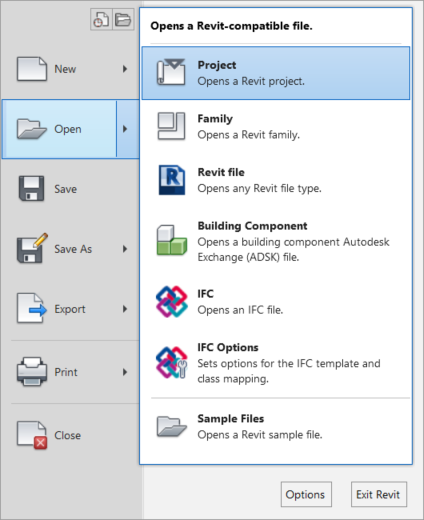
These features are meant to be used with the fewest number of segments to create a representation of information. Same for area plans and their boundaries. Huge Sketch based elements - A toposurface with huge numbers of points or floor sketches or filled regions with very large numbers of segments will hurt performance.View Detail - Do you have a lot of views that are using fine or medium detail level but have scales like 1/16", 1/8"=1'-0" (1:200, 1:100, 1:50)? These views won't really show this level of detail for all elements effectively and you are asking the computer to show it anyway.The truth is that any warning is a waste of "space" and "resources" to some degree. Room, space and area errors caused by boundary issues or redundancy is wasting your cpu's time (and yours), even though it is really fast. For my money anything that involves calculations is a worry. Some of these are more offensive than others.

Warnings - These get ignored for ages and pile up.File size is a worthy consideration but there are many others that often get ignored. Linking a large file will affect the host too. The biggest annoyance will be the time it takes to open the file. Sure a large file will require more memory to open and this will affect performance. Is file size alone a serious concern or measure of a successful project? I've heard of people insisting on a maximum file size allowable for a model.


Every now and then I read a post on a blog or user forum advocating various techniques to reduce a Revit project's file size.


 0 kommentar(er)
0 kommentar(er)
